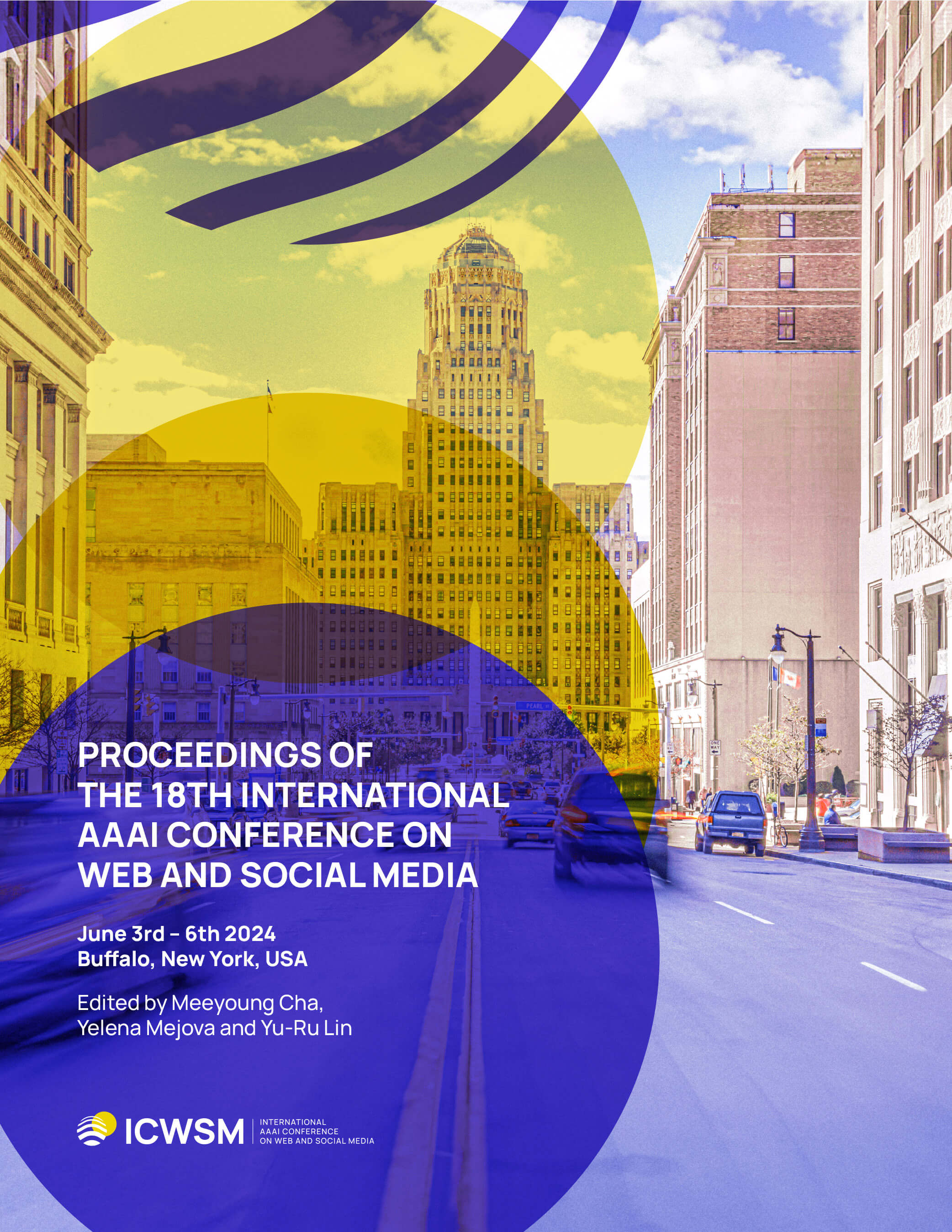Forecasting Political News Engagement on Social Media
DOI:
https://doi.org/10.1609/icwsm.v18i1.31401Abstract
Understanding how political news consumption changes over time can provide insights into issues such as hyperpartisanship, filter bubbles, and misinformation. To investigate long-term trends of news consumption, we curate a collection of over 60M tweets from politically engaged users over seven years, annotating ~10% with mentions of news outlets and their political leaning. We then train a neural network to forecast the political lean of news articles Twitter users will engage with, considering both past news engagements as well as tweet content. Using the learned representation of this model, we cluster users to discover salient patterns of long-term news engagement. Our findings include the following: (1) hyperpartisan users are more engaged with news; (2) right-leaning users engage with contra-partisan sources more than left-leaning users; (3) topics such as immigration, COVID-19, Islamaphobia, and gun control are salient indicators of engagement with low quality news sources.Downloads
Published
2024-05-28
How to Cite
Shivaram, K., Bilgic, M., Shapiro, M., & Culotta, A. (2024). Forecasting Political News Engagement on Social Media. Proceedings of the International AAAI Conference on Web and Social Media, 18(1), 1451-1462. https://doi.org/10.1609/icwsm.v18i1.31401
Issue
Section
Full Papers

